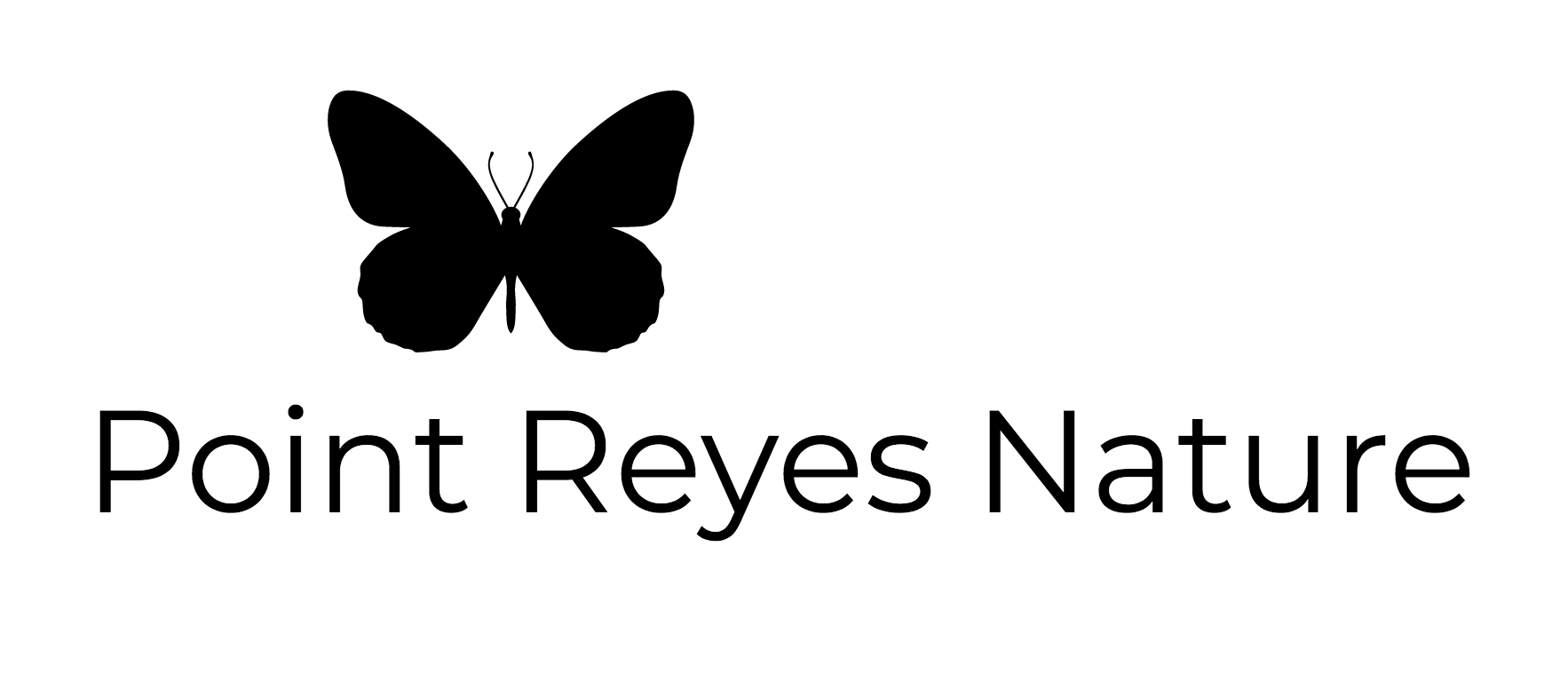Field trip to D Rogers Ranch
On October 12, 2019 a group of us supporting the Point Reyes National Seashore Association (PRNSA) visited David Evans and Claire Herminjard at the D Rogers Ranch, home of Marin Sun Farms in Point Reyes. David took over the ranching lease in 2010 from his aunt and uncle who had operated the ranch since 1939. He married Claire in 2016 and together they manage their two businesses, Marin Sun Farms and Mindful Meats.
David’s philosophy as a rancher is adapt, evolve, learn. If we keep repeating what our ancestors did, we will fail. I asked David if other ranchers were interested in trying his methods. He thoughtfully responded that ranchers are fiercely independent by nature. There is likely more opportunity for collaboration with young ranchers.
“Zero input” sustainable ranching
David and Claire shared their two main objectives: 1) To be good stewards of the land and 2) to be a sustainable grazing operation that does not rely on supplemental feed; they are aiming for “zero input” ranching. One way they do this is by keeping cattle for less than a year, and those cattle are older cows. They “stock” in the winter with 90 mother cows who give birth in February and March — the wet season in California when grasses are green and at their peak nutrition level. They “destock” — take their cows to their slaughterhouse in Petaluma — between August and October, the driest time of the year when grasses have withered. The mother cows raise their calves until the calves go to market in late summer as “young beef”.
24-hour rotation grazing
David and Claire are experimenting with an innovative type of rotation grazing for their beef cattle. Cows and calves are rotated through small grazing areas, bounded by a portable electric wire fence, every 24 hours to a new grazing enclosure. The ideal timing for the move is mid-day when the sugar content, and therefore nutrition, is highest in the grasses. The cows are moved around the ranch so that each spot gets grazed only 3 times a year, giving the grasses plenty of time to recover and to grow to maturity. Quickly rotating cattle in this way leaves no cattle trails on the land which prevents soil erosion. Water is delivered to the cattle in troughs attached to wood pallets which are easily pulled with an ATV around the ranch. David is still experimenting with how much time to allow cattle to graze in one spot. He started with 3 days between moves and is considering moving to even less than 24 hours for grazing some areas.
Capturing carbon in the soil
David and Claire are testing their soil to get a baseline measurement on how much carbon is building. Grasslands are a great resource for capturing and holding carbon. They are not able to participate in the Marin Carbon Project at this time because it requires ranchers to bring in compost to spread on their land to capture carbon. Dairies have access to a lot of manure gathered in one place whereas beef cattle ranching does not. More importantly, bringing in compost goes against David and Claire’s aim for “zero inputs” on their ranch.
Wildlife
Claire and David are strong believers in co-existing with wildlife. Some of the wildlife encountered at the ranch include Tule elk, mountain lion, badgers, coyotes, and bobcats. Up to 20 Tule elk bulls from the Limantour herd gather in the hills nearby and graze in the grassy pasture in the middle of the night. David and Claire have observed that the elk do not like to be where the cows are, and they have not seen a huge impact from the elks’ foraging. A notable wildlife encounter for Claire was when she spotted a large mountain lion at the top of the ridge when she was out walking with her dog. She screamed and the lion beat a hasty retreat. David has observed bull Tule elk battling horn to horn and circling with their horns locked. The elk leave a bare circle in the land where they have circled each other. David has also observed plenty of badger activity, a sign of a healthy grassland area.
Eating local is healthy for the planet.
As someone who has enjoyed eating at Marin Sun Farms in Point Reyes Station many times, I was thrilled to visit the ranch and learn about their sustainable practices, and to see their deep love of the land and respect for the wildlife that makes its home in this land.






